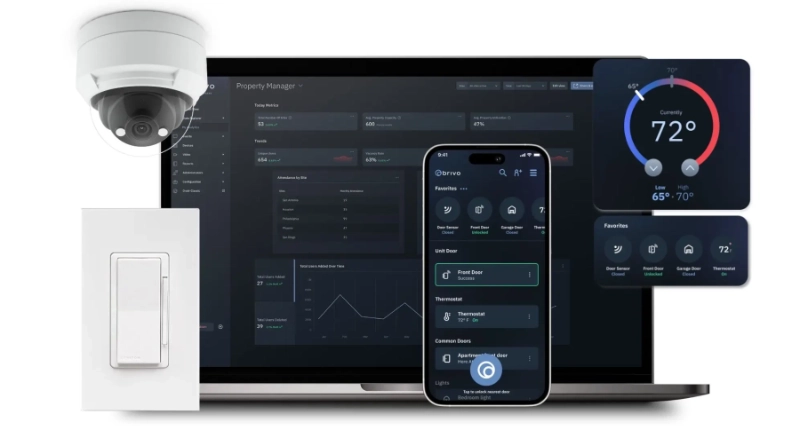By Chief Security Architect
I love attending ISC West for the exposure to new technology. Frankly, if not for the technology and a chance to connect with our fantastic dealers, I wouldn’t make the trip. But the show itself always comes through—and this year was one of the best.
What impressed me most this year was seeing the industry finally embrace the power of computing at the edge. Edge based computing devices have been in use for a while on the IT side of the house, but not as much in access control.
Want to know how you can get in on the action, but you don’t have time for a dissertation? In five minutes you can check out the highlights below then go to the provided links to deeper dives.
WHAT IS IT?
Edge computing is pushing the work of applications, data processing and services away from a central core and putting them as close to the end user as possible: Video analytics on cameras, certificate checking on the card, readers and panels combined into one unit.
WHAT DOES IT DO FOR ME?
Edge computing devices take some of the burden away from your network, or your hosting provider, and allow you to focus on the data that matters most to your customers. No more storing hours of blank frame video, the camera can analyze and discard it by itself. Letting the access control appliance decide on card validity eliminates the need for the head end to do it.
Lower requirements for your cloud mean lower costs and less maintenance for you. More power at the edge means more time to focus on your customers.
WHAT DOES IT DO FOR MY CUSTOMERS?
You know what your customers want, they want everything right now, cheaply and securely.
Edge computing helps with that by doing more processing and storage at the edge. It reduces the lag time to retrieve video or open a door. It allows customers to feel in control of the data while still using the central cloud to manage the enterprise.
WHAT ABOUT SECURITY?
Any internet connected device is only as good as its security plan. But edge based devices are more powerful than their predecessors. More power allows for stronger encryption and better communication security. Less data on an individual device provides less incentive for an attacker. But, as always, do your homework.
DEEPER DIVES
Want more information? Check out the links below.













